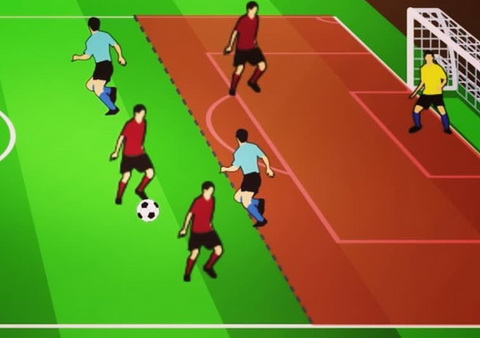
Offsides in Soccer Explained
Soccer is one of the most popular sports in the world (read about why is football better than basketball). It’s also one of the most complex. To win a soccer match, you need to think fast and make quick decisions. That’s why it’s essential to know how to offsides in soccer. In this article offsides in soccer explained.
What is the offside rule in soccer?
The offside rule prevents players from being nearer to the opponent’s goal line than the ball and the second-to-last defender when the ball is played to them.
Who is the second-to-last defender in the offside rule?
The second-to-last defender is typically the last outfield player, excluding the goalkeeper, between the attacking player and the goal line when the ball is played.
When is a player not considered offside?
A player is not offside if they are level with the second-to-last defender or level with the last two defenders when the ball is played to them.
When is a player not penalized for being in an offside position?
A player in an offside position is not penalized if they are not involved in active play and do not gain an advantage from that position.
Can a player be offside from a goal kick, throw-in, or corner kick?
No, a player cannot be offside directly from a goal kick, throw-in, or corner kick.
Offside is when a player is on the same team as the opposing team but not playing on their own goal. Offside meaning in football is very essential. To prevent your team from scoring, you must be able to spot the offside player and move quickly to the other side of the field. If you succeed, your team will score, and you will be awarded a point. Every football player should understand all soccer offsides rules.
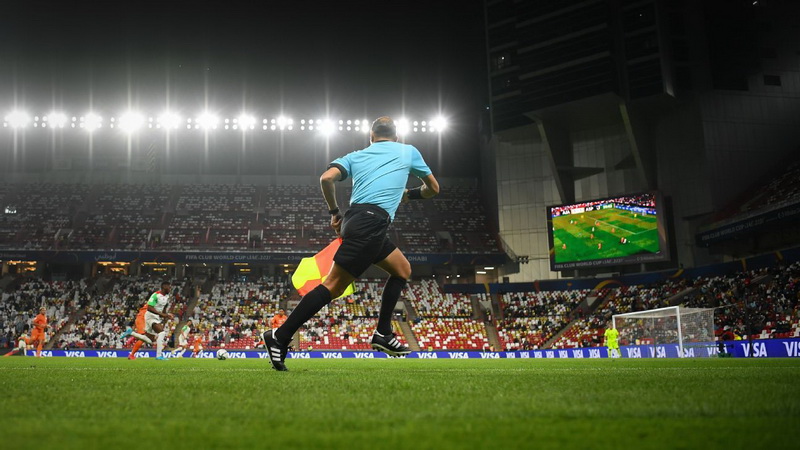
Offsides in Soccer Explained + 10 Tips
1. Know where the ball is.
Every player needs to know where the ball is on the field because if you are in the right place, you will see the offside player before seeing you or your team. If you are in a good position and can see the offside player, move quickly to your side of the field. It would be best to never run across the area with an offside player because that will draw a foul call on your team. Instead, keep running to your side of the field until you can get back into position and stop an opposing goal from being scored. This rule of offside in football may keep changing after every season.
2. Don’t make eye contact.
When you are in the proper position on the field, you should look directly at the offsides in football players. However, if you make eye contact, they will probably spot you and run towards your goal to get a shot on the plan. Avoid making eye contact with offsides in soccer player by keeping your head down and looking at the ground instead of the players’ eyes. It will be harder for an opposing player to spot you when you look at the ground.
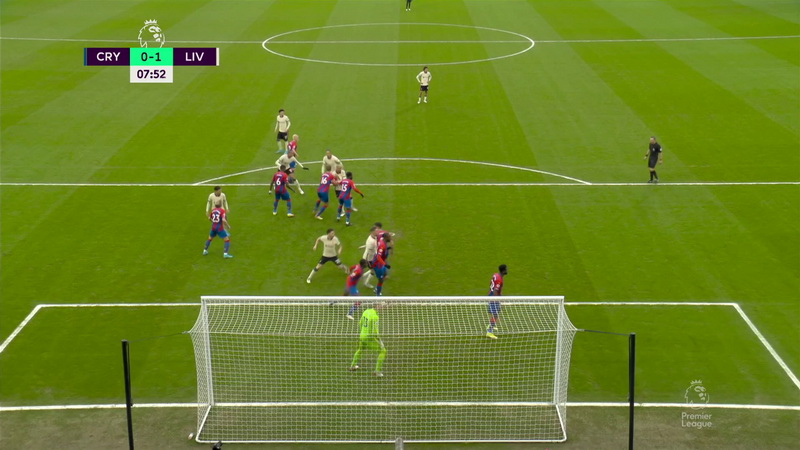
3. Don’t move until you see what is happening around you.
If no one is near you and no one is moving towards your goal, don’t move until something happens that tells you to move. For example, when you see a player get a shot off on goal, that is when you should move. Likewise, if an opposing player gets a shot off on purpose and misses the net, it is okay to move because you are not in danger of being scored on.
4. Don’t run towards the goal if there is no one near your goal.
When there is no one near your goal, it is okay to run towards it so that you can make a save. However, this is only if no other players near your goal might score on your attempt at a save. You should never run towards the goal if other players are nearby because they might score on your move towards their goal.
5. Don’t run towards the goal if other players are nearby.
If you see an opposing player near your goal, don’t run towards it because they might score on your move towards their goal. If there are no other players near your goal and you still want to move towards it, try to create distance between you and them so that they will not score on you.
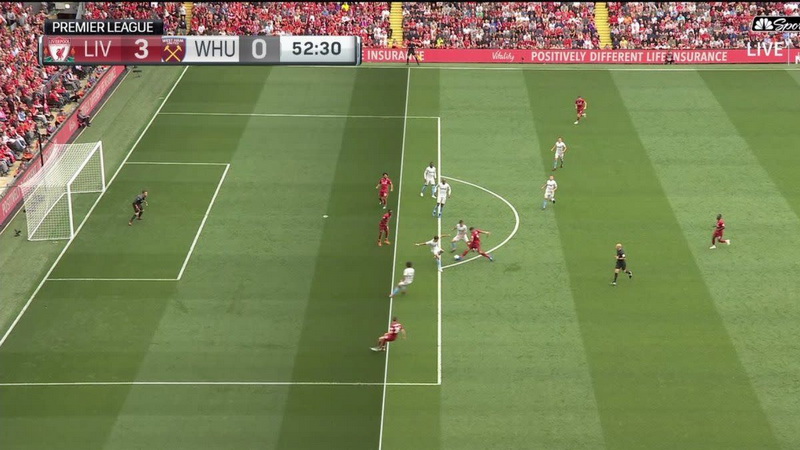
6. If a player is heading towards your goal, don’t try to block the shot.
If an opposing player is heading towards your goal and you can make a save, it is okay for you to try to block the shot. However, if other players nearby might score on your move towards their goal, it would be best for you to stop moving towards their goal and instead move back towards your own goal.
7. Don’t stand in an opponent’s way of a pass into the goal.
If you see an opposing player standing in your way of a pass into their own goal and they are not trying to make a play on the ball or pass the ball, then it would be best for you to move out of the way of their path.
8. If you can make a save, don’t try to pass the ball or kick it towards your opponent.
If you are in a position to make a save and an opposing player is nearby, it is okay for you to try and pass the ball or kick the ball towards them so that they will not be able to score on your move towards their goal. However, if other players nearby might score on your move towards their goal, it would be best for you to stop moving towards their goal and instead move back towards your own goal.
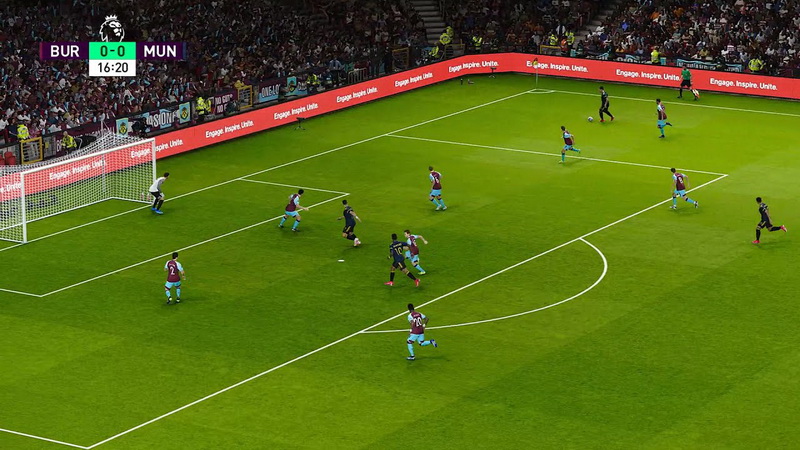
9. Don’t throw the ball out of bounds or into your own goal.
If you are in a position to make a save and an opposing player is nearby, it is okay for you to try and pass the ball or kick the ball towards them so that they will not be able to score on your move towards their goal. However, if other players nearby might score on your move towards their goal, it would be best for you to stop moving towards their goal and instead move back towards your own goal.
However, if an opposing player is in a position to score on you while you are in the act of making a save, it would be best for you to throw the ball out of bounds or into your own goal.
10. Don’t try to pass the ball or kick it towards your opponent.
If an opposing player is in a position to make a save and you are nearby, it is okay for you to try and pass the ball or kick the ball towards them so that they will not be able to score on your move towards their goal. However, if other players nearby might score on your move towards their goal, it would be best for you to stop moving towards their goal and instead move back towards your own goal. This soccer offside rule is significant in football.
If an opposing player is in a position to make a save and there are no other players nearby who could score on them, it would be best for you to try and pass the ball or kick the ball away from that player so that they will not be able to get the ball and score on you.
Conclusion
Offsides in soccer are a fundamental rule for soccer, especially in the penalty area. Soccer is a team sport, and it requires cooperation between players. If two or more players could score on an opposing player, then the opposing player must not move towards the ball; instead, they must wait until no other players nearby could score on that opponent. The offsides in soccer explained well above.
